Brother printers for printing labels and decals
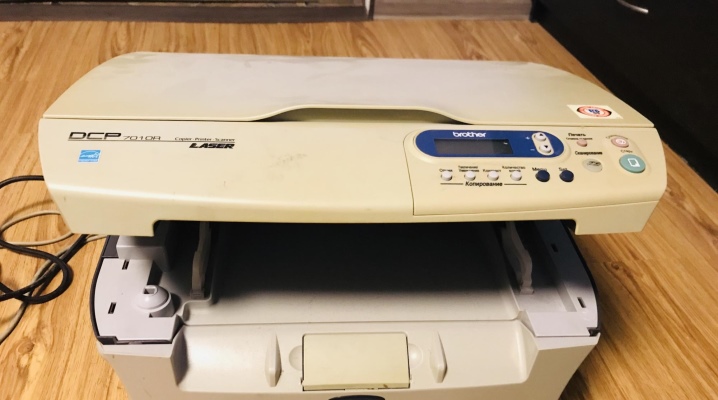
Labeling various items (document folders, store goods, office supplies, food trays in cafes, electronic components and wires) with labels and stickers noticeably streamlines their storage. But making handwritten stickers can be very time consuming. If you want to automate this process, you should consider reviewing Brother Label and Label Printers.
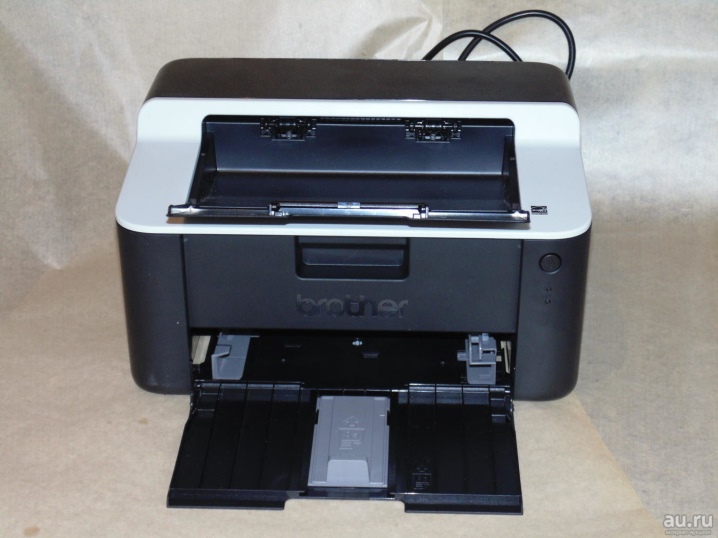
Peculiarities
Brother was founded in Nagoya, Japan in 1908. and was originally engaged in the repair and manufacture of sewing machines. In 1961, the range of the company was supplemented by typewriters, and in 1971 the company created the famous M-101 dot matrix printer. Since then, various printers and MFPs for household and industrial use have become the backbone of the company's business.

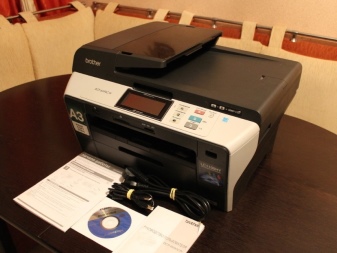
Brother today is a multinational corporation with a turnover of about $ 4 billion per year.
The main differences between Brother printers for printing labels and stickers from analogues:
- print quality and speed - all thermal printers of the Japanese company compare favorably with the majority of counterparts in high-performance printing with high resolution;
- reliability - Brother thermal transfer printer breaks down much less often than analogues;
- affordable service and availability of consumables - in the Russian Federation there is a full-fledged representative office of the company and about 200 certified SCs, and consumables for its thermal printers are easy to find in free sale.
The main disadvantage of Japanese label printers is their high cost relative to their Chinese counterparts.
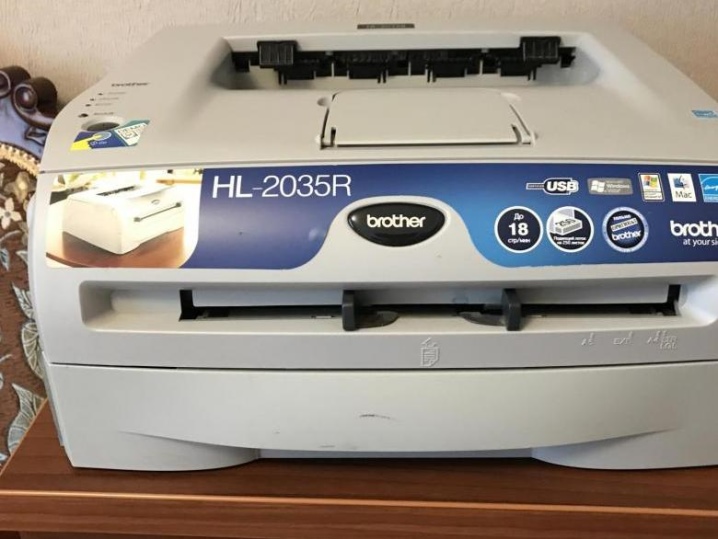
The lineup
Currently, the Japanese company produces many models of sticker printers.
- PT-D210 - budget desktop model with manual data entry and LCD display. The maximum width of the printed label is 12 mm. Print speed 20 mm / s. The editor contains 27 design templates. Cutting of stickers with the built-in guillotine.

- PT-E110VP - electrical thermal printer, differs from the previous version in the extended set of characters on the keyboard (supports the input of special electrical characters).
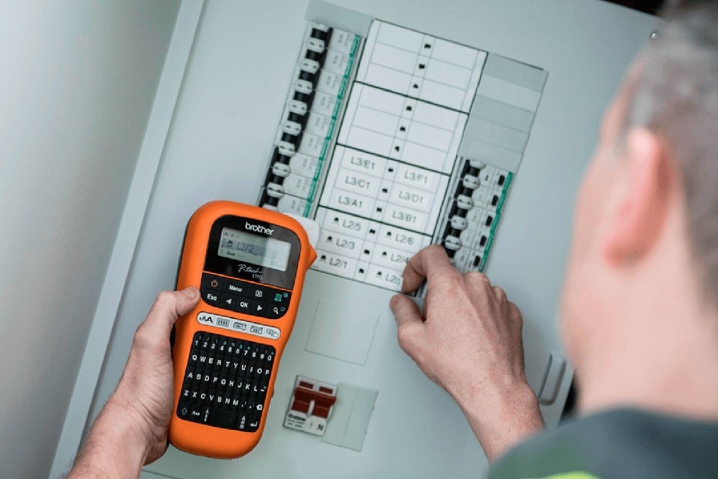
- PT-E300VP - professional electrical printer with an extended set of characters, support for tape up to 18 mm wide and the ability to connect a barcode scanner.
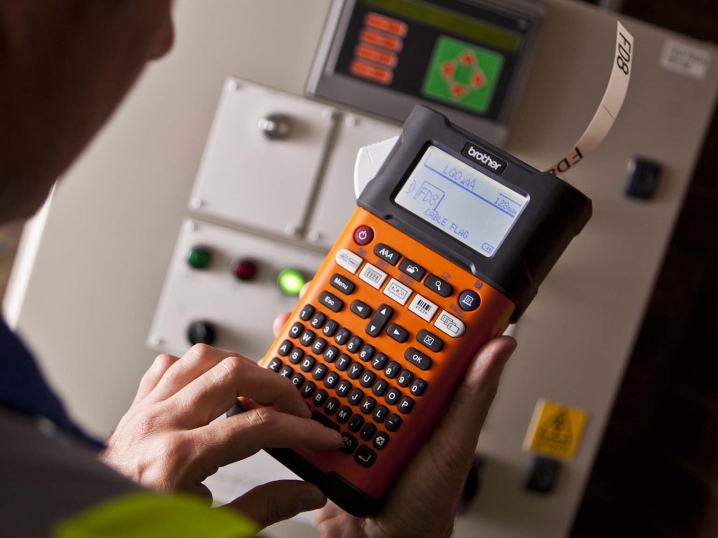
- PT-E550WVP - professional universal version with the ability to manually enter data, as well as USB or Bluetooth connection to a computer or smartphone. Belt width up to 24 mm. The guillotine supports full and half cut labels.

- PT-P700 - office printer with a productivity of 30 mm / s, connected to a PC via USB. Sticker width up to 24 mm.
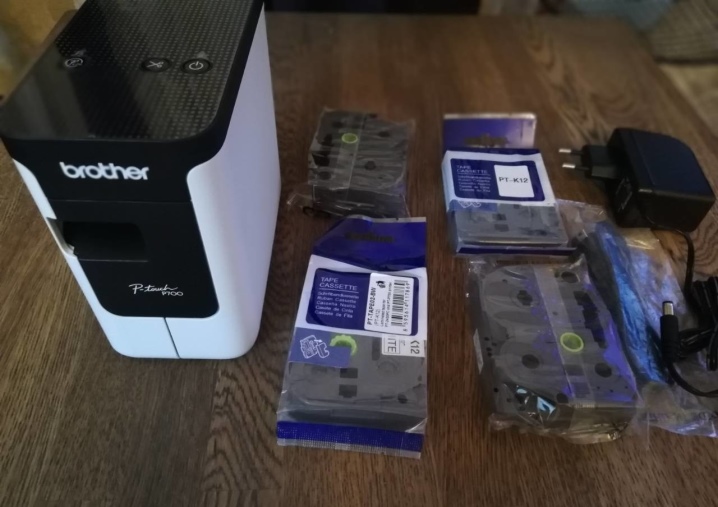
- PT-P900W - industrial version with tape width up to 36 mm. Equipped with USB-input and Wi-Fi module.
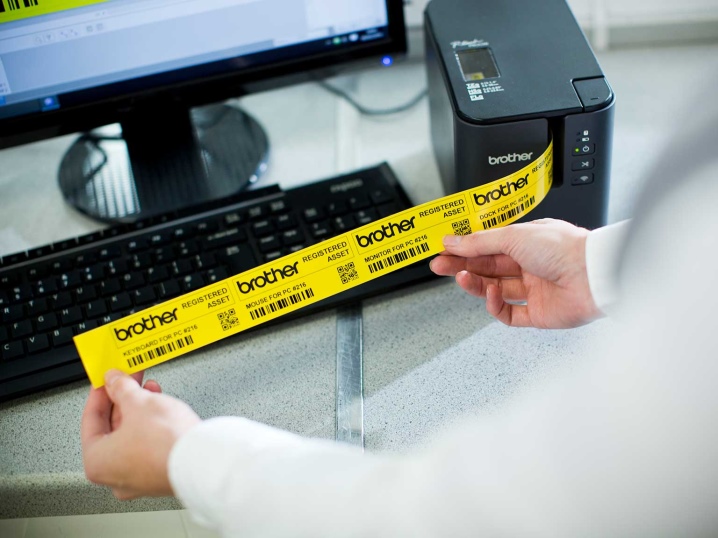
Secrets of choice
Consider the main criteria that need to be considered when choosing.
Performance
The category of the printer depends on its cost and the speed of printing labels on it:
- mobile devices print up to 100 labels a day and are designed for field work;
- desktop appliances can print up to 3 thousand stickers per day;
- semi-professional solutions handle 30 thousand copies daily;
- industrial printers are capable of printing more than 100 thousand labels in 1 work shift.
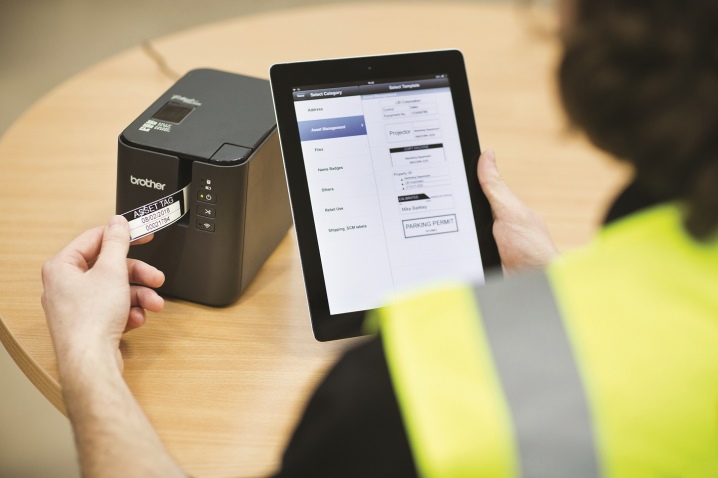
Belt width
In width, the ribbons used for printing are:
- narrow - from 6 to 18 mm;
- average - from 19 to 36 mm;
- broad - from 37 to 241 mm.
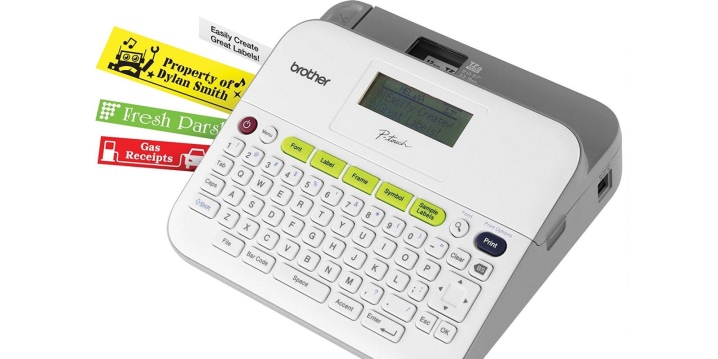
Data input
Different models may combine the following methods of obtaining information:
- manual input (in such models, it is important to pay attention to the capabilities of the built-in editor, for example, whether it supports changing the font and different templates);
- USB input;
- Ethernet connection to the local network;
- Wi-Fi.
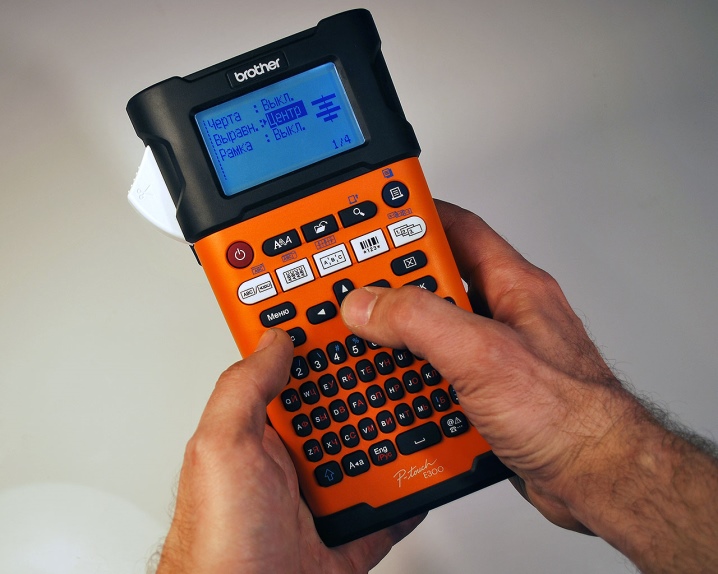
Useful options
It is worth considering the presence of some functions in the printer.
- Guillotine - separates printed labels from other tape. Knifeless printers require expensive perforated ribbons.
- Video clip rewind tape.
- Separator - if you are going to apply the label immediately after printing, purchase models with this option. If you are interested in printing large editions, then buy a device without a separator.
- RFID module - Allows, simultaneously with printing the label, to write information on the transponder (mini-chip) built into it.
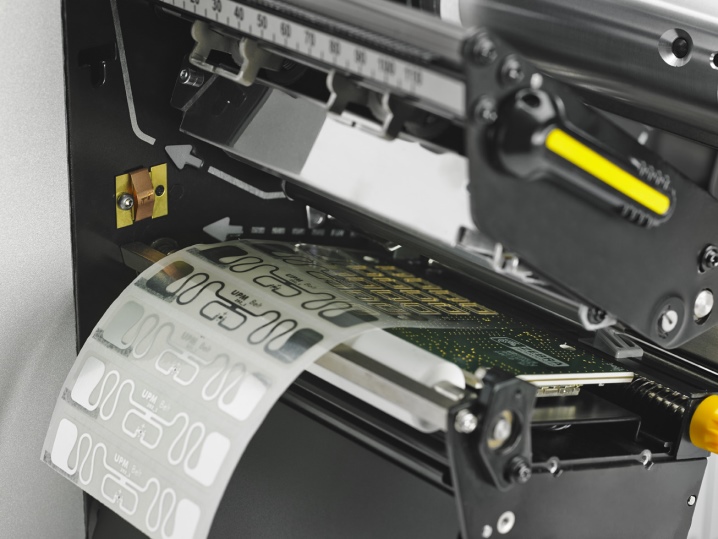
In the following video, you will learn about the advantages of Brother printers over other models.













The comment was sent successfully.